Here’s what a house on MARS could look like
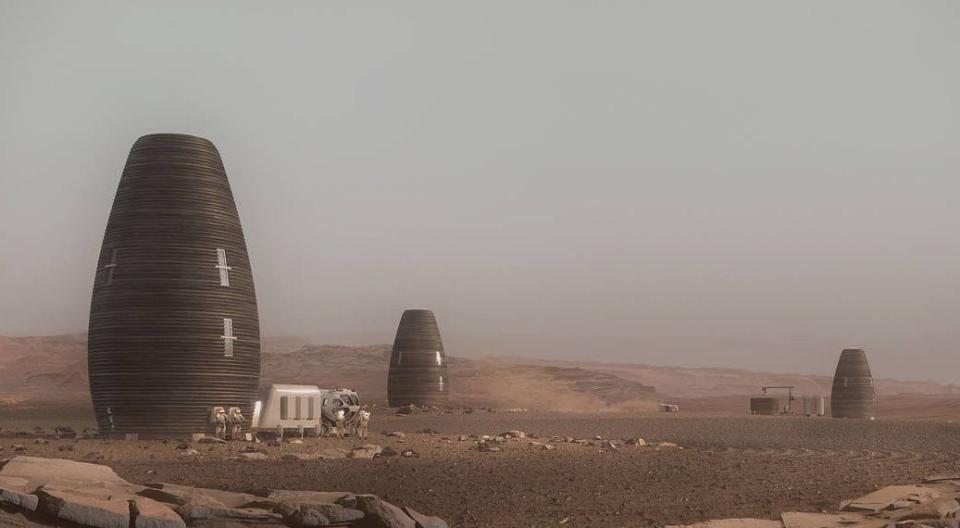
Australia’s housing market has been described as “broken”, but those struggling to get on the ladder could soon have help from an unlikely source: NASA.
Scientists and engineers have been inspired by a NASA competition to design sustainable shelters for habitation on the moon and Mars.
The technologies developed are hoped to help with future missions on Mars and the moon, as well as finding cheaper and more sustainable ways to construct homes on Earth with 3D printing technology.
The 3D-Printed Habitat Challenge, launched in 2015, has a total prize of US$3.5 million (A$4.96 million) - awarded in stages over the four-year competition, with the two final teams battling it out this week for the final US$800,000 prize.
Related story: The most property-obsessed nations in the world
Related story: These are the skills Australia’s innovative companies want from employees
Related story: 3 things these 23 successful entrepreneurs have in common
The teams, AI. SpaceFactory of New York and Pennsylvania State University will use 3D printing to construct the structures using either recyclables or materials that could be found on the moon or Mars.
Show me the houses
This is AI. SpaceFactory’s pitch.

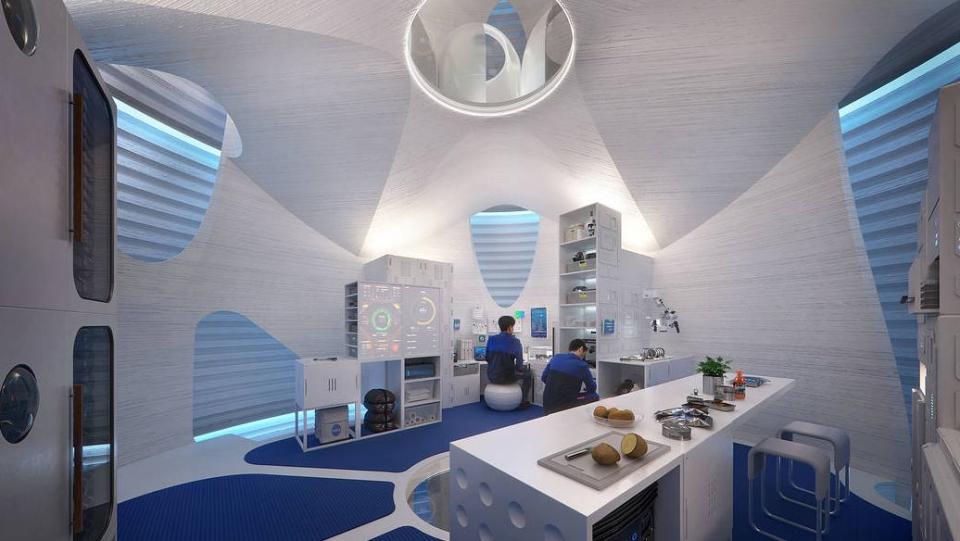
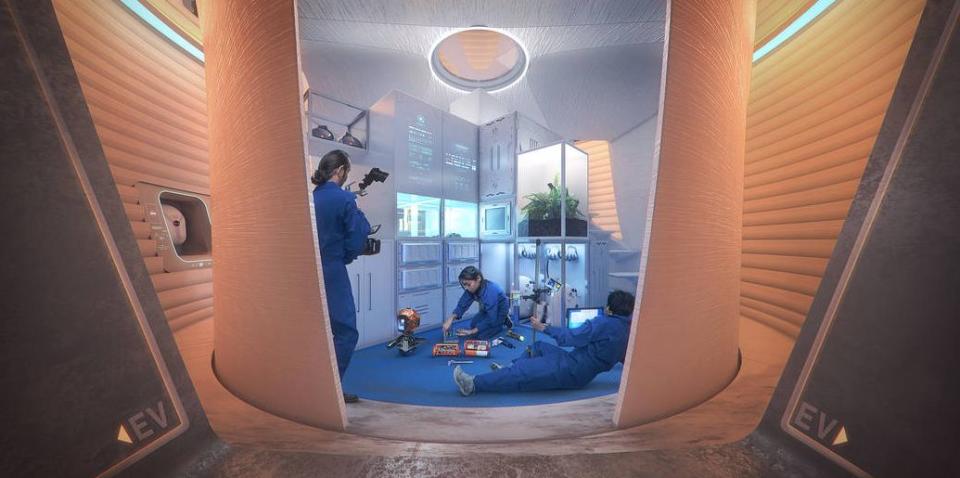
In this design, the cylinder has a number of floors accessible by a staircase and has a water-filled skylight.
Another team, Team Zopherus suggested these structures. They won the first phase of the competition for their architectural renderings.
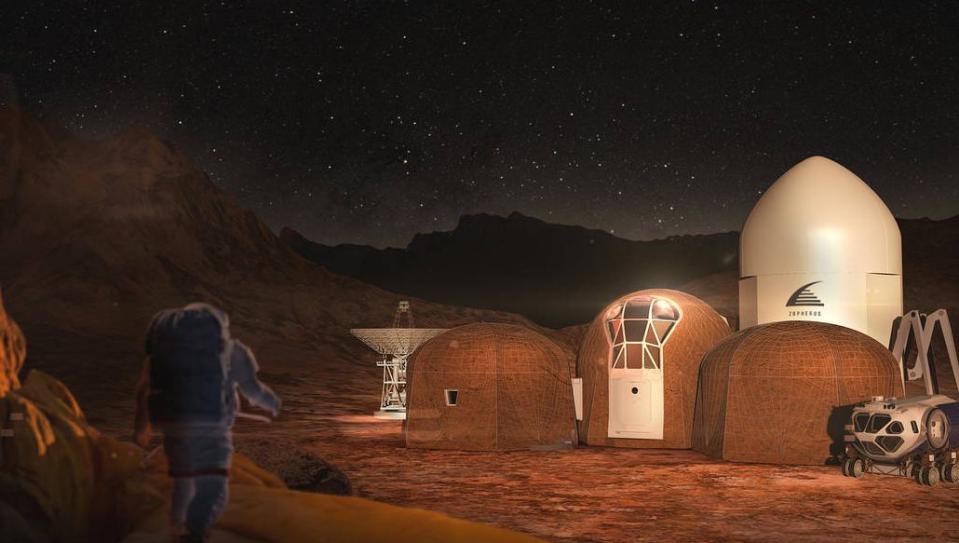
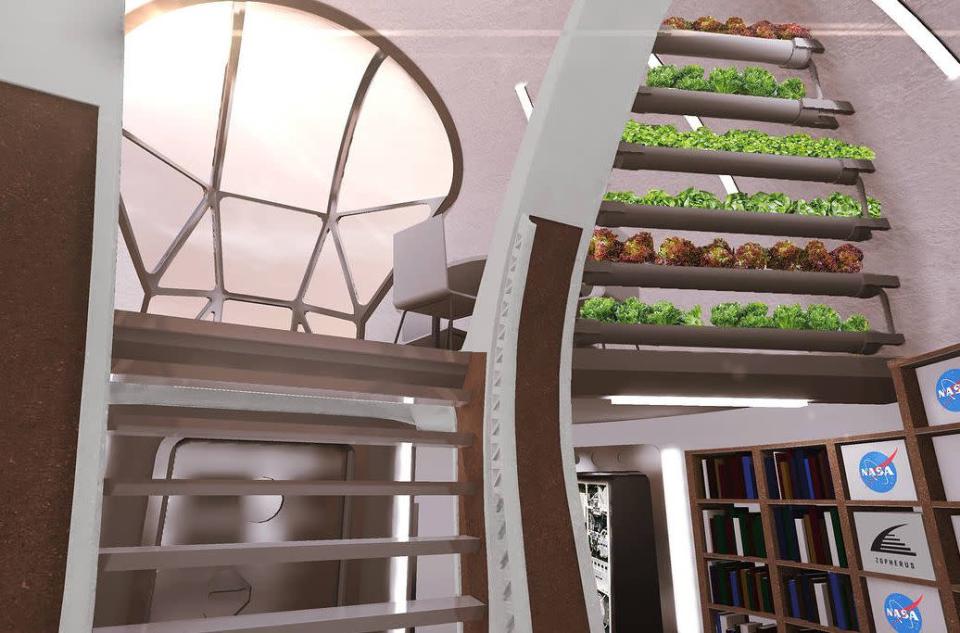
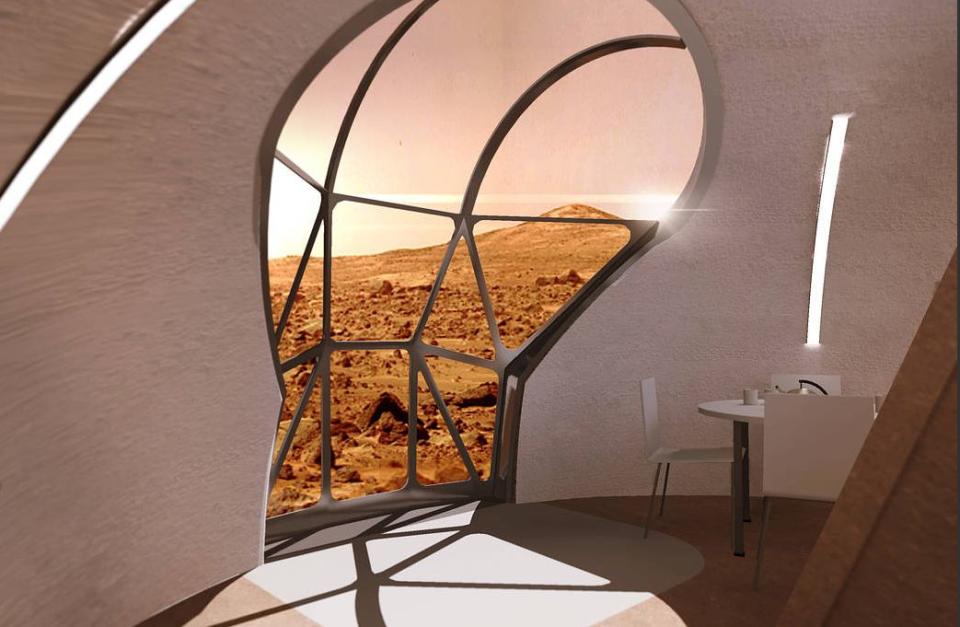
Team Zopherus’ pitch included a rover that would collect materials, a mezzanine level with lighting, views and vegetation, and a radiation shield.
Kahn-Yates of Jackson, Mississippi was also awarded US$20,622 for its virtual modelling.
This team focused on building a habitat specifically suited to survive dust storms and Mars’ harsh climate.
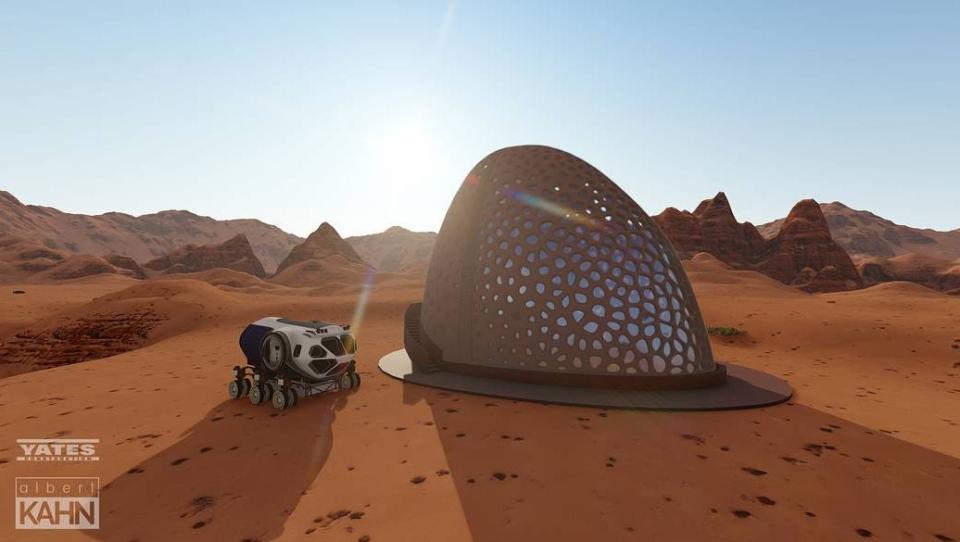
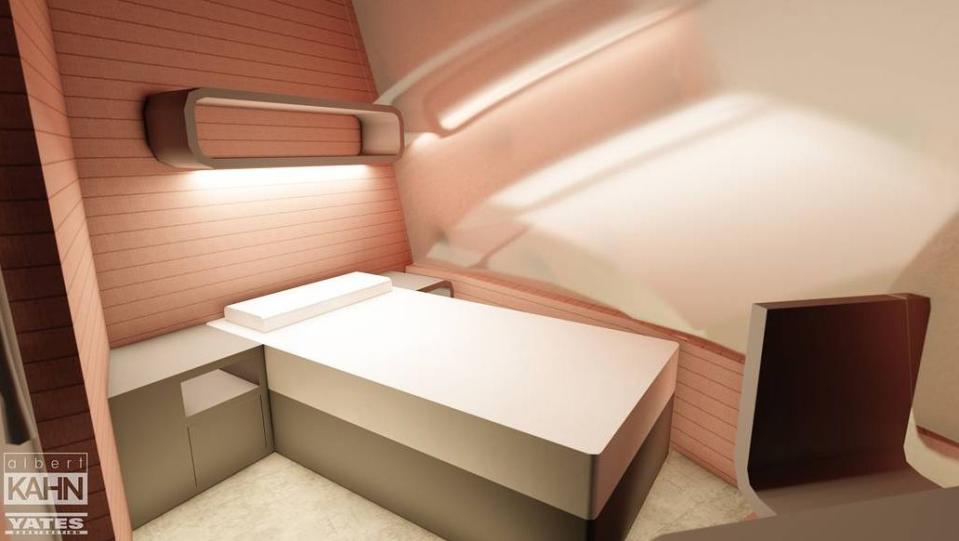
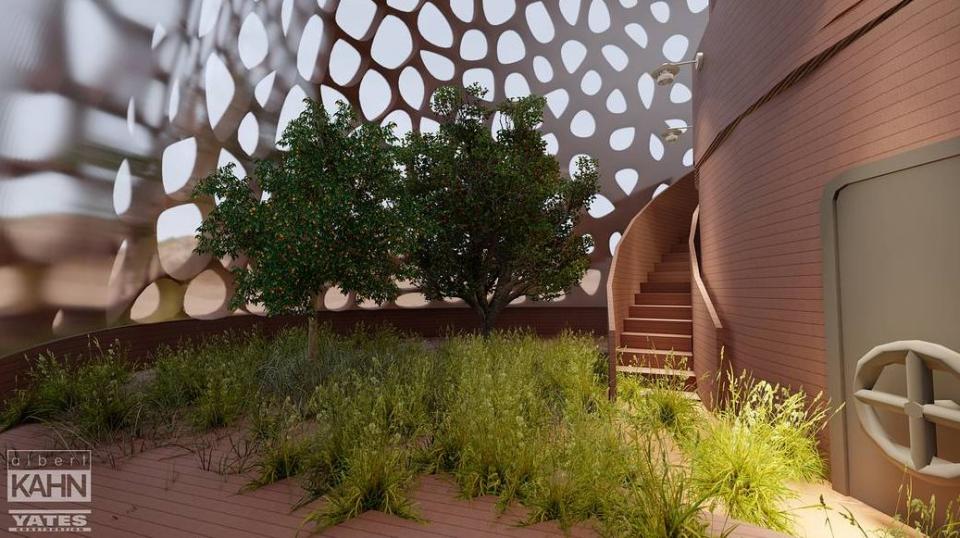

 Yahoo Finance
Yahoo Finance 
